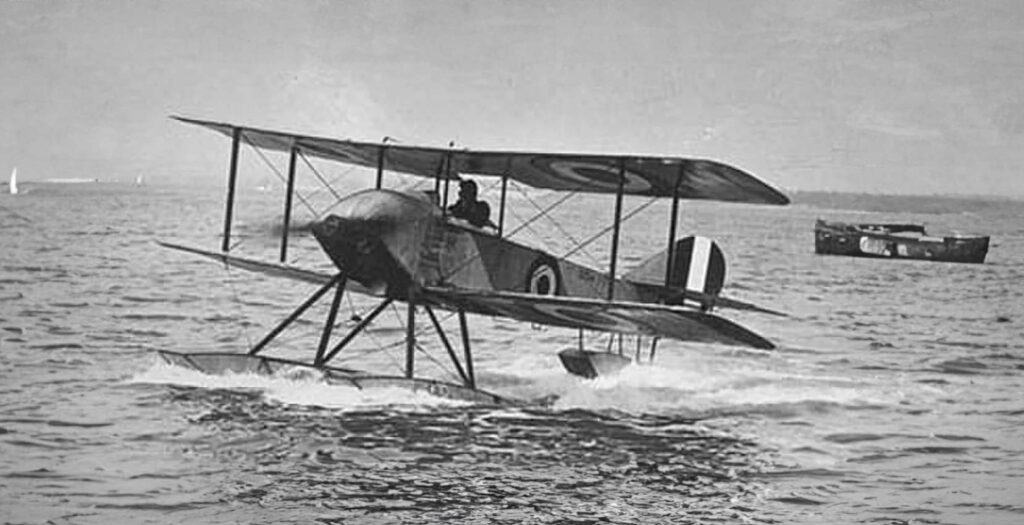The Sopwith Baby, a significant WWI British bomber seaplane, known for its maritime operations, tactical versatility, and robust design in aerial combat.
This article provides an in-depth look at the Sopwith Baby, a bomber seaplane from 1915. It covers its historical development, design features, performance metrics, military use, and its impact on aerial warfare during World War I. The Sopwith Baby, a single-seat biplane seaplane, emerged as a key player in the First World War’s naval air operations. Designed for bombing and reconnaissance, it represents a pivotal moment in the integration of air power into maritime warfare.
History of the Development of the Sopwith Baby
During World War I, the rapidly changing landscape of warfare necessitated effective aerial reconnaissance and attack capabilities over sea. This led to the development of the Sopwith Baby, a seaplane variant of the successful Sopwith Schneider. The Sopwith Aviation Company, under the guidance of Thomas Sopwith, initiated the design to meet the Royal Naval Air Service’s (RNAS) requirements.
Launched in 1915, the Sopwith Baby’s development was driven by the need for a robust, carrier-based aircraft capable of defending naval fleets and attacking enemy vessels. It first flew in late 1915, quickly establishing itself as a versatile asset. This aircraft didn’t receive a specific NATO nickname, as it predates the NATO naming system.
Design of the Sopwith Baby
The Sopwith Baby featured a conventional biplane design with a wingspan of 25 feet 8 inches (7.82 meters) and a length of 22 feet 11 inches (6.99 meters). Constructed primarily from wood and fabric, it was equipped with a single central float and two smaller stabilizing floats, enabling water landings and takeoffs.
One of its design advantages was its relatively lightweight structure, allowing for better maneuverability. However, this also made it susceptible to damage from enemy fire. The aircraft was notable for incorporating a synchronized machine gun, a technological advancement at the time, allowing the pilot to fire through the propeller arc.

Performance of the Sopwith Baby
Powered by a 100 horsepower Gnome Monosoupape rotary engine, the Sopwith Baby had a maximum speed of approximately 87 mph (140 km/h) and an operational ceiling of 10,000 feet (3,048 meters). Its range was about 250 miles (402 kilometers).
In comparison to contemporary seaplanes like the German Hansa-Brandenburg W.12, the Sopwith Baby was less powerful but excelled in agility and ease of operation from water surfaces.
Military Use and Combat of the Sopwith Baby
The Sopwith Baby was primarily used for patrolling coastal areas, hunting submarines, and engaging in occasional dogfights. Its armament typically included a single .303 Vickers machine gun and occasionally, small bombs.
It participated in various naval operations, demonstrating its effectiveness in reconnaissance and light bombing roles. While facing competition from German seaplanes, it held its own due to its maneuverability and reliable performance. The Sopwith Baby was used by the UK and several allied nations but was eventually phased out post-war, replaced by more advanced aircraft like the Fairey Campania.
The Sopwith Baby played a crucial role in shaping naval air warfare during World War I. Its innovative design, respectable performance, and versatility in various military roles underscore its significance in the history of aviation. While it was eventually superseded by more advanced aircraft, its contributions to aerial maritime operations laid the groundwork for future developments in seaplane technology and naval aviation tactics.
Back to the Seaplanes section.